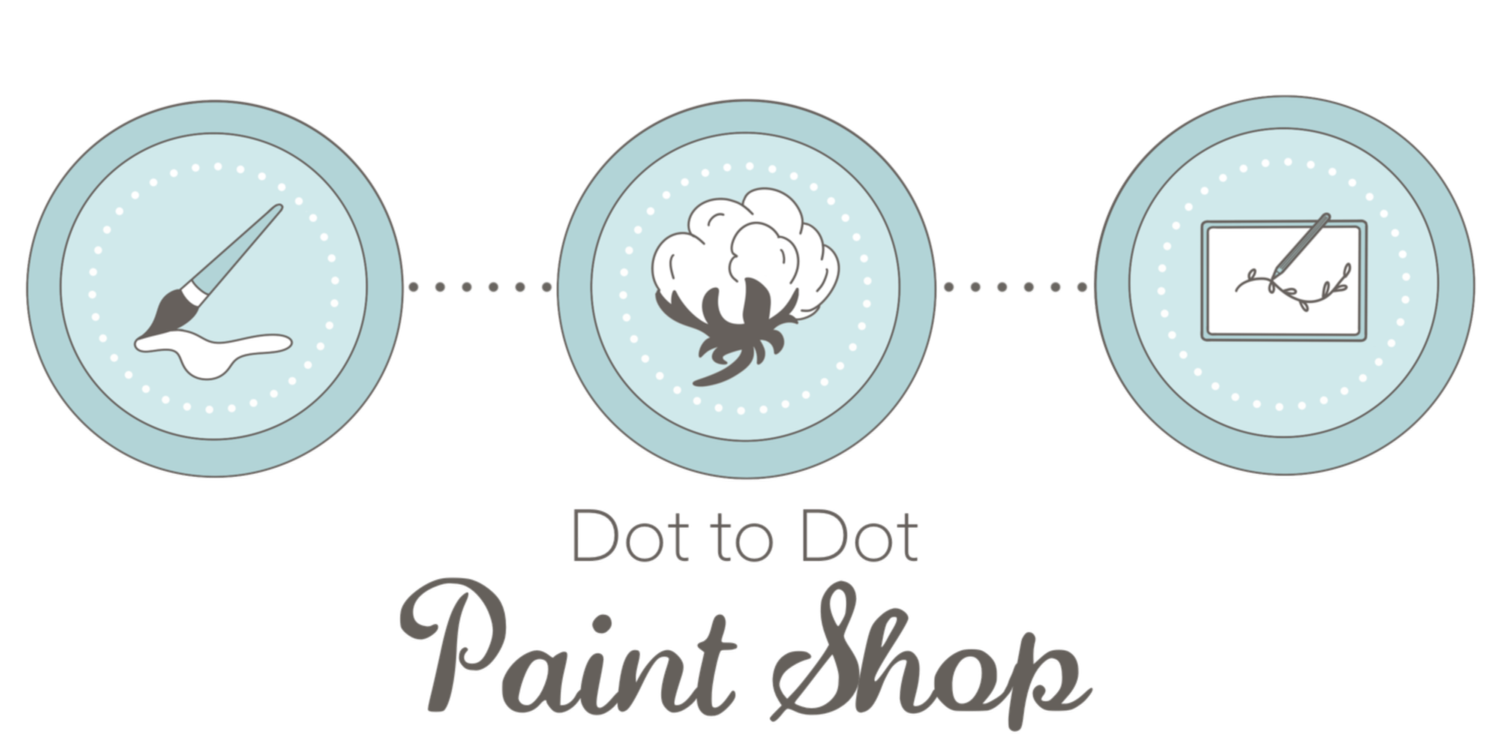Learning To Write - Letters and Numerals
/This series about learning to write has given you lots of information and activities to try, and yet we haven’t even written any letters yet! So guess what!?! Today we’ll focus on actually writing letters and numerals.
Remember that when learning to write anything, the developmental order in the process is:
Imitate——————————-Trace——————————-Copy
While, today we are talking about learning to write individual letters, ALL of these activities can also be used for learning to write names or other words. They are great ways to practice spelling words, as well, so keep them in mind as your child grows.
The emphasis with young children (3 and 4 years old especially) should be on the act of imitating/tracing/copying with proper grip, pressure, etc., but don't worry if letters are sometimes distorted or backwards. That is completely normal for very young children and as they mature, their skills will as well. As you draw the model, you can talk through what you are doing, pointing out which side the bump goes or whatever. Rather than making writing letters a dreaded task where you are constantly critiquing and correcting their work, try some of these ideas to make it fun!
- Writing on a bag - This is a great activity that lets your child practice imitating, tracing AND copying letters and words. Again, you will want to squirt a small amount of shampoo or hair gel into a zipper plastic bag. Seal the bag and tape it to a table. Have you child hold a pencil upside down with the correct grip. As you write a letter on a piece of paper, your child can imitate the strokes you make, using the ERASER end of a pencil. To practice tracing, slide a copy of the letter between the bag and the table and let your child trace it with their eraser. Finally, when they are ready, just show them a card with the letter written on it and let them copy the letter.
- Sand writing - Using that same tray/box of sand that we talked about in an earlier post, let your child hold a pencil this time (correctly please) and imitate, then copy the letters that you demonstrate for them.
- Writing on sand paper - Cut a piece of sand paper into smaller pieces and let your child write directly on the sand paper with a crayon. This process provides another source of sensory input, which increases retention.
- Sidewalk chalk - This sounds like such a simple idea, and it is, but writing on a sidewalk provides that same extra sensory input that sandpaper does and all you need is some fun chalk. Plus, you can do this outside, which always makes things more fun.
- Mud writing - Use a stick to write letters in dirt or mud. You can actually do it very lightly and let your child trace over it as well.
- Q-Tip Writing - Dip a cotton swab into paint and write with it on white paper. If you have some colored paper available, dip the swab in plain water. You can see the letters as you write but they disappear as they dry.
- Try a New Angle - Using dry-erase markers, write the letters on a window or glass door (we use our front storm door). This is really fun for kids and they enjoy wiping them off almost as much as writing them!
- Soap Crayons - Bathtub crayons are fun to use on the sides of the tub. You can practice strokes, shapes, letters and words! I have seen them from time to time in the dollar bins at Target, and these are available through Amazon.
- Secret message - A different twist on cotton swab writing, this time dip the swab in diluted lemon juice and write on PLAIN while paper. You won't be able to see what is written for long at all, but then use a blow dryer to reveal the "message".
Stay tuned for my next post in this Learning To Write series which will focus on encouraging the proper formation of letters! While I believe that hands-on activities are always preferred over technology (particularly for preschoolers), I am also fully aware of the role that iPads and iPhones play in today's society, so I will give you the names of a couple of apps and games I have found that help reinforce the proper formation of letters and numerals.




